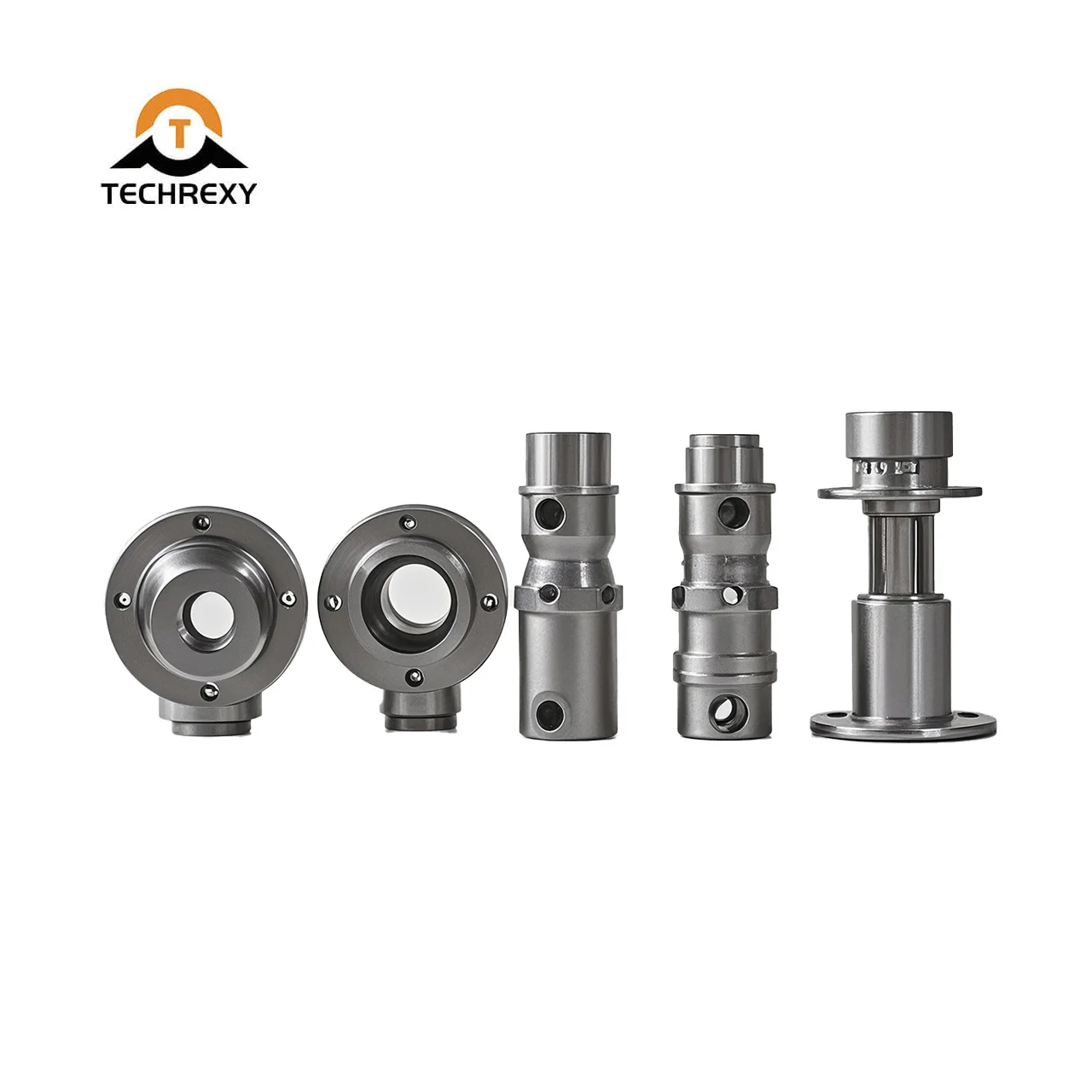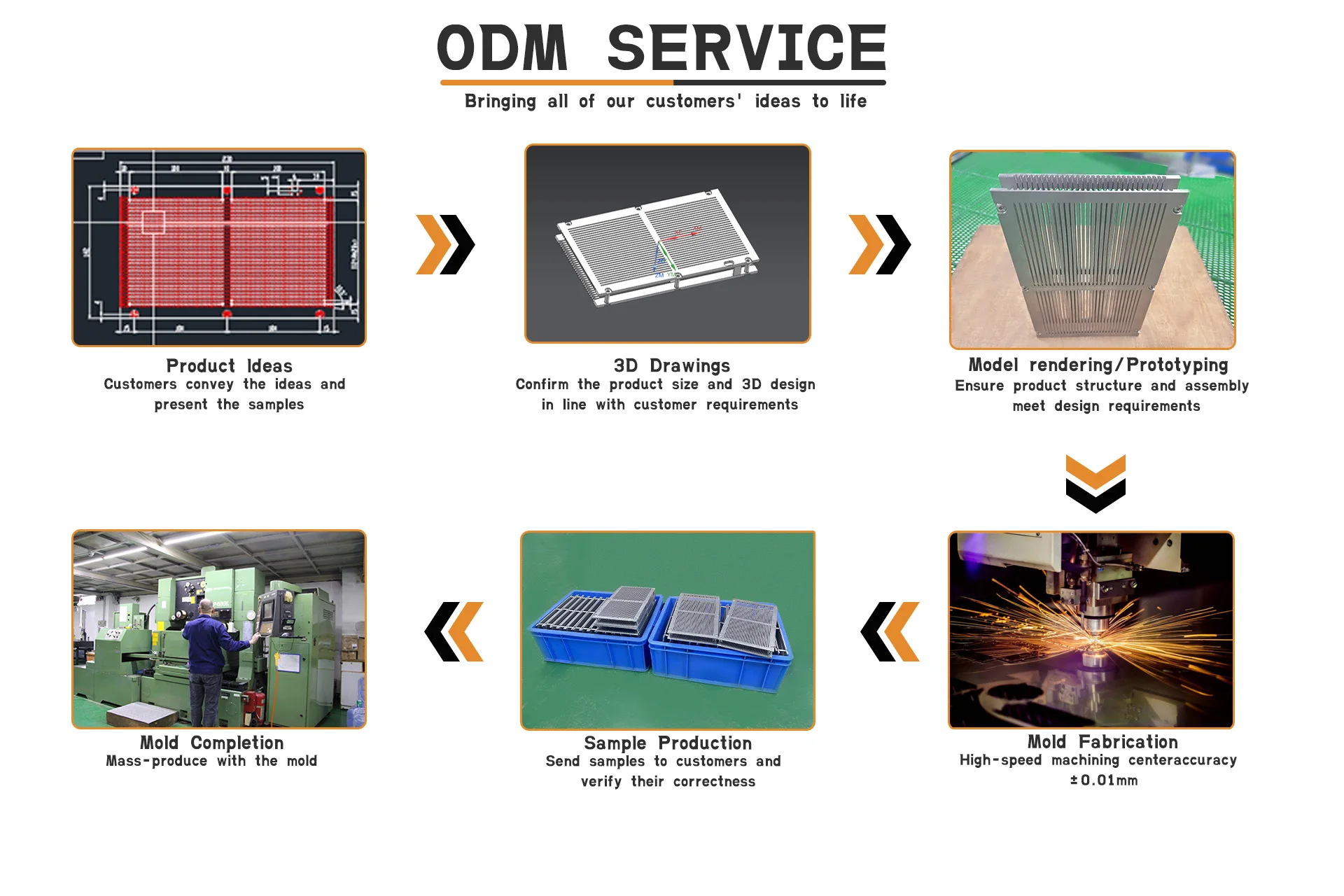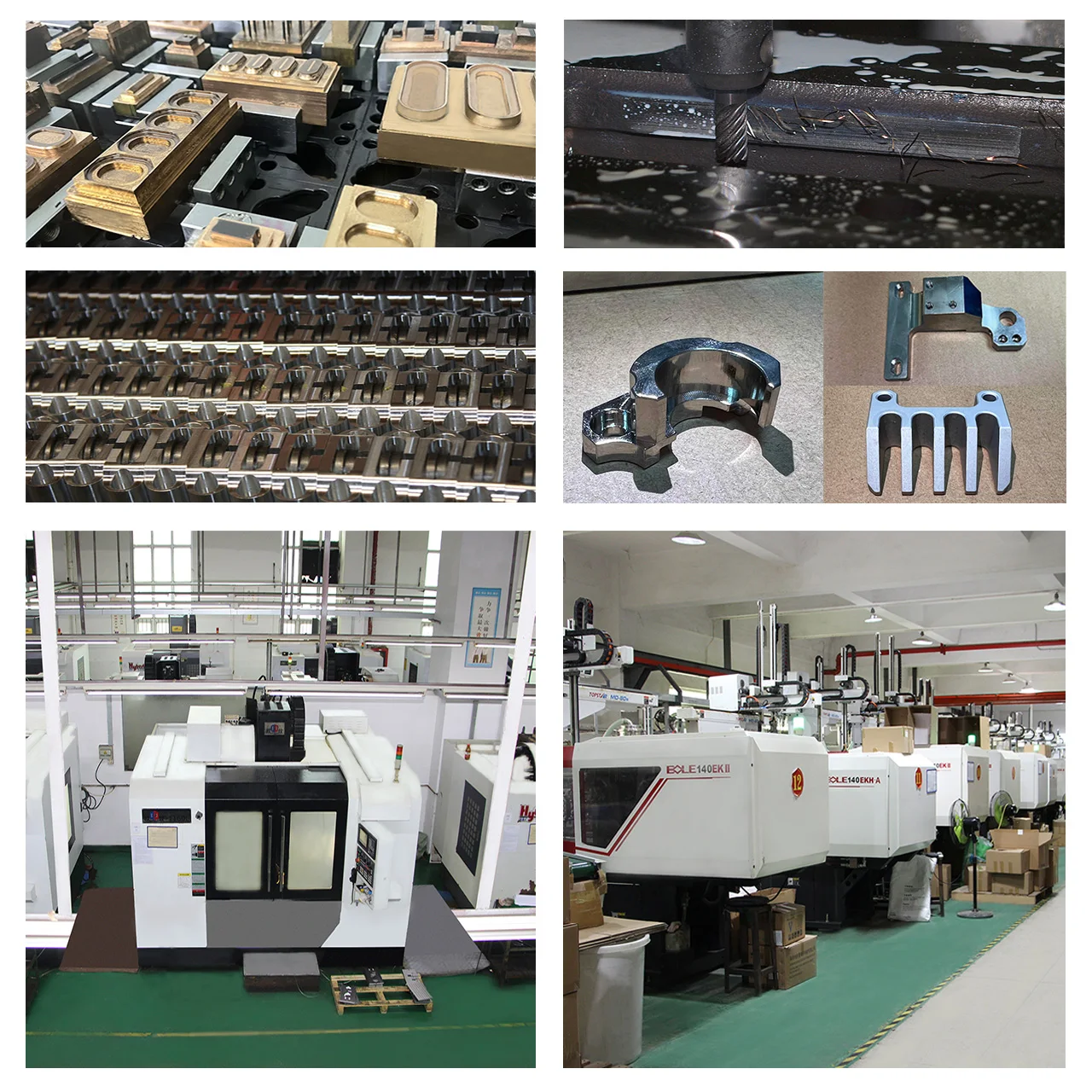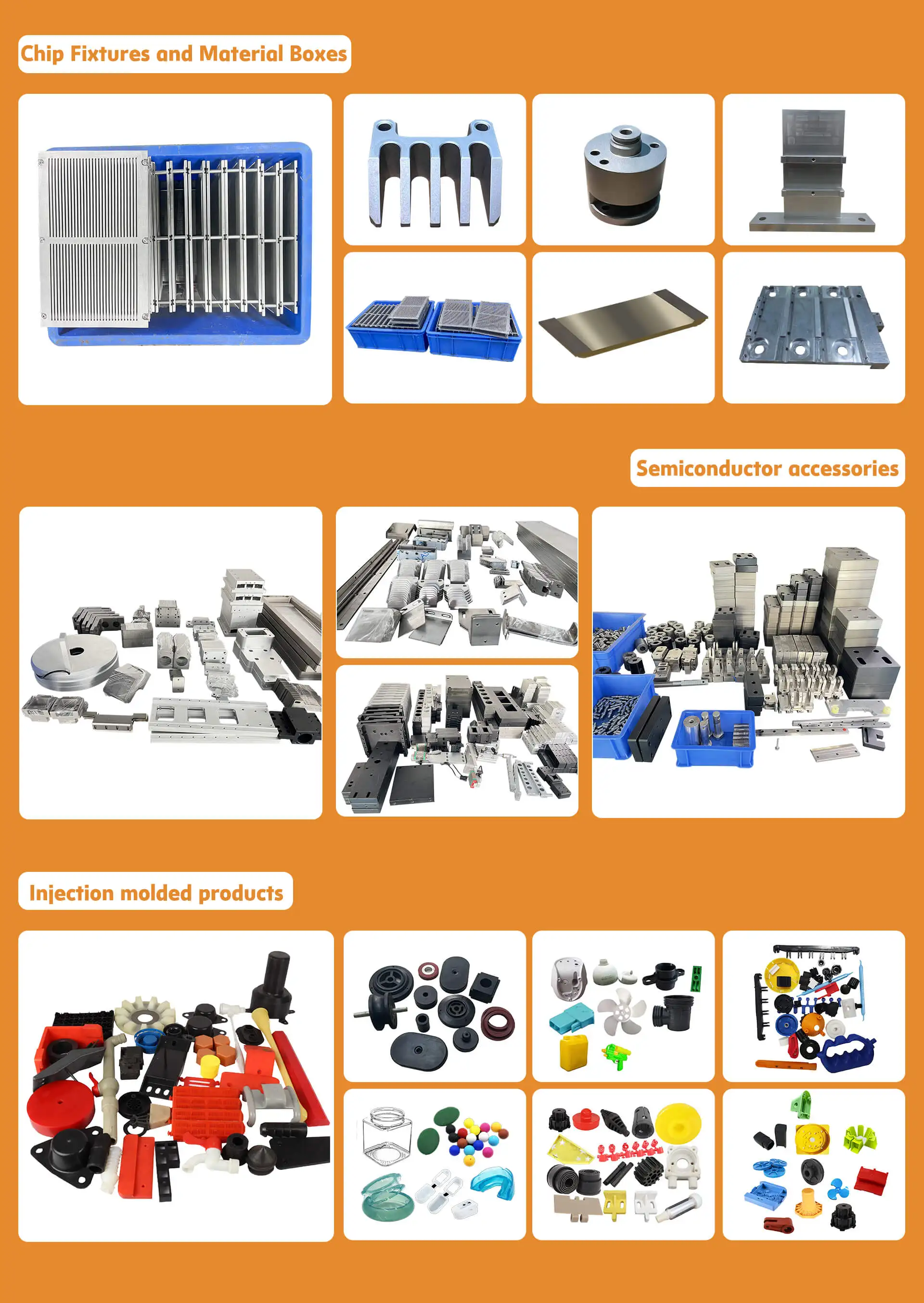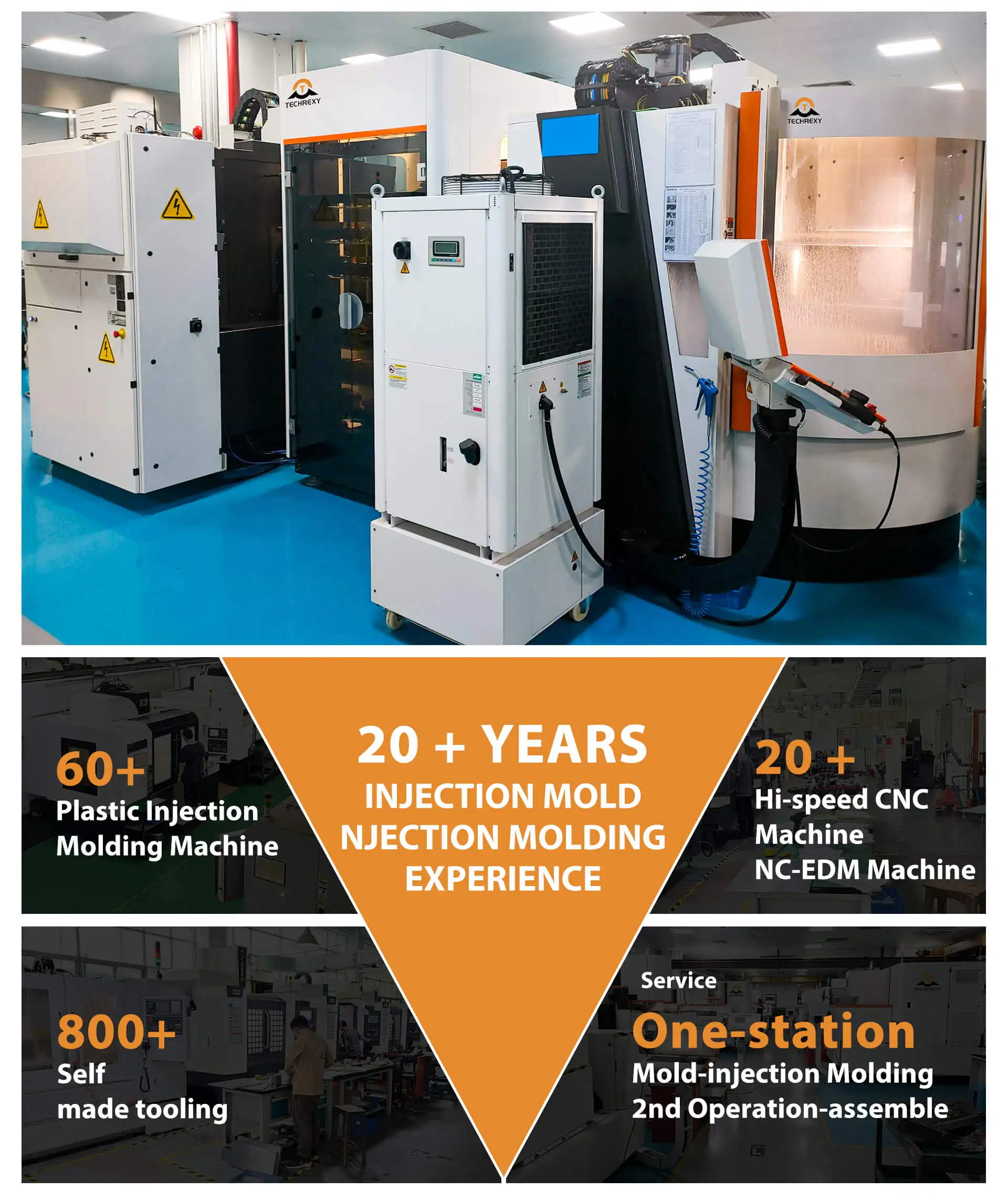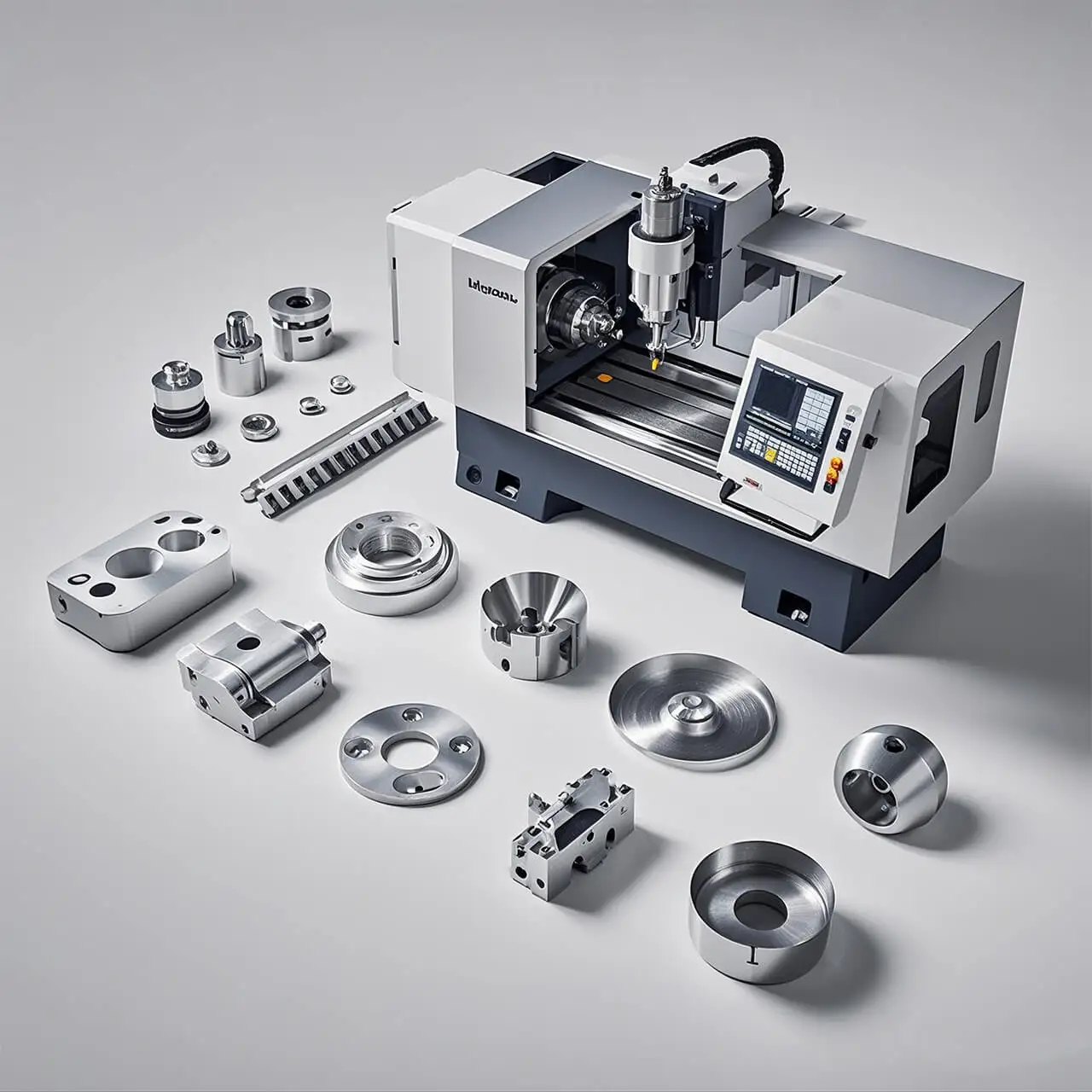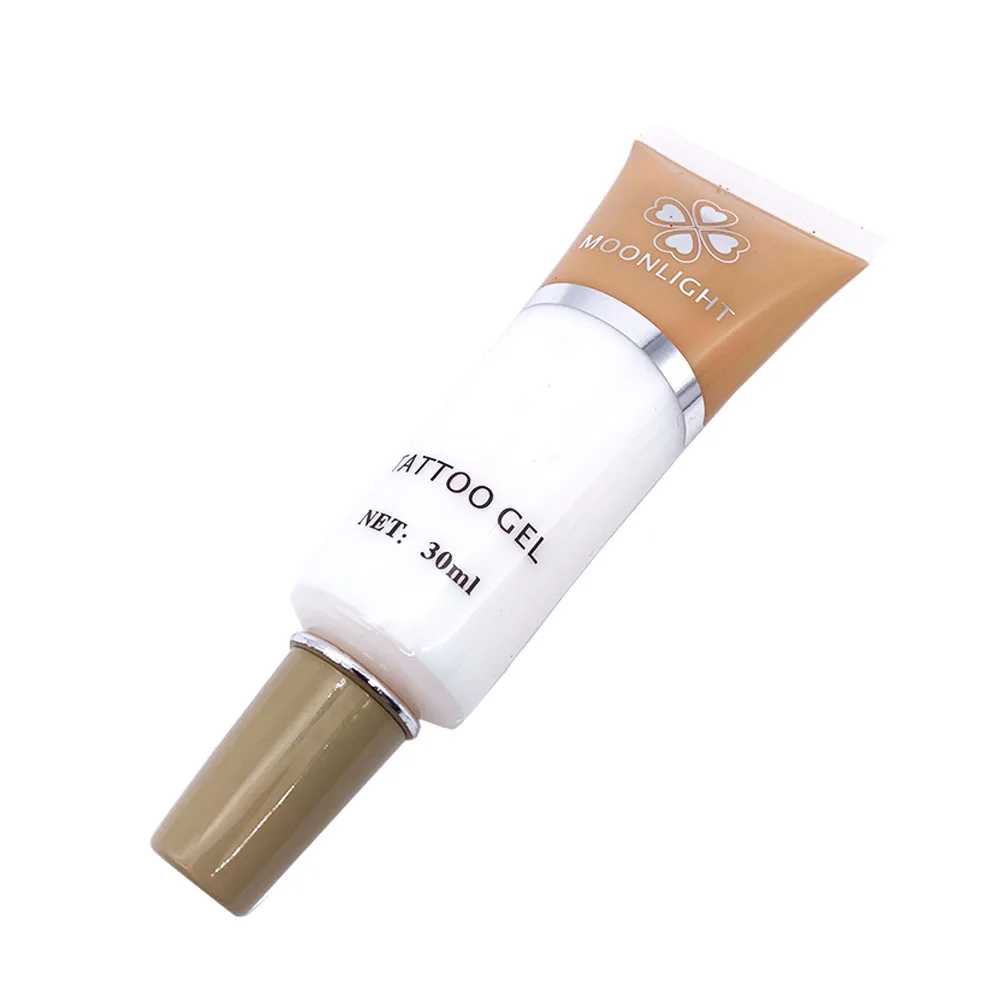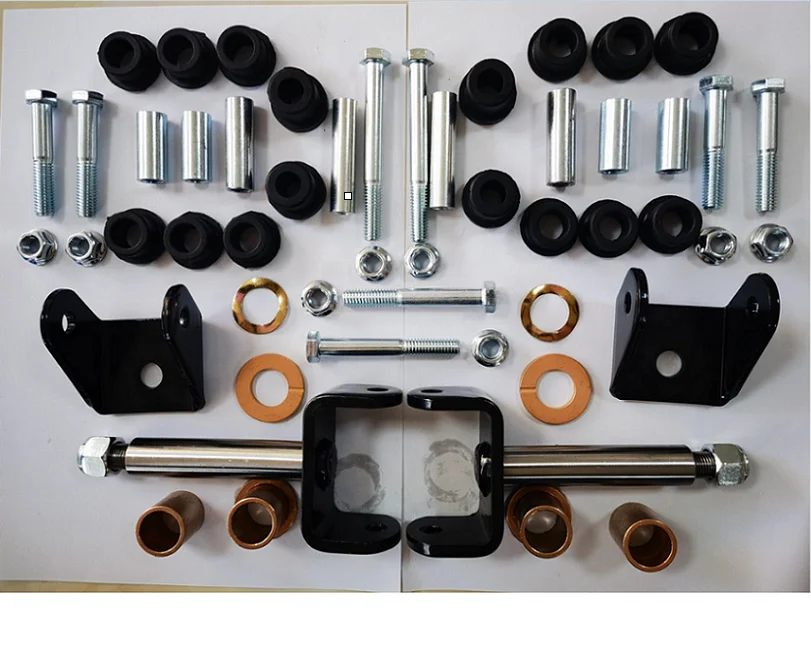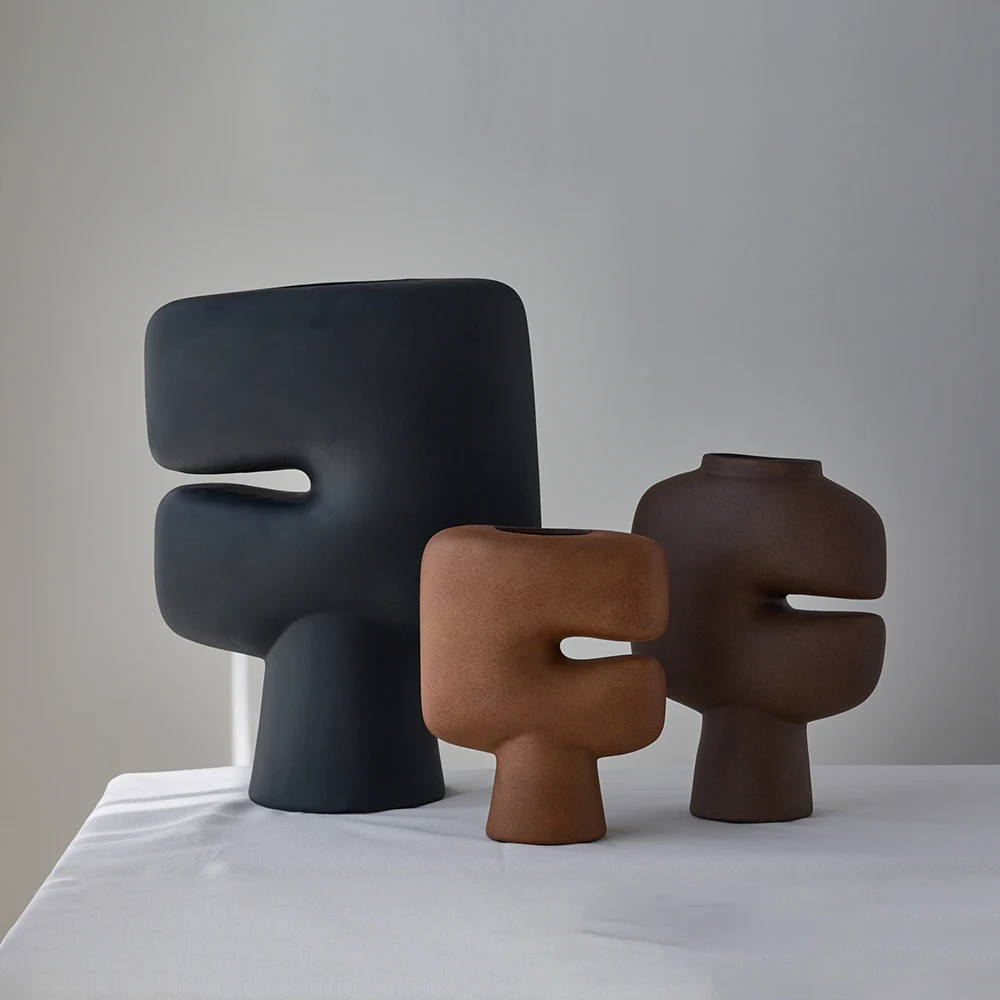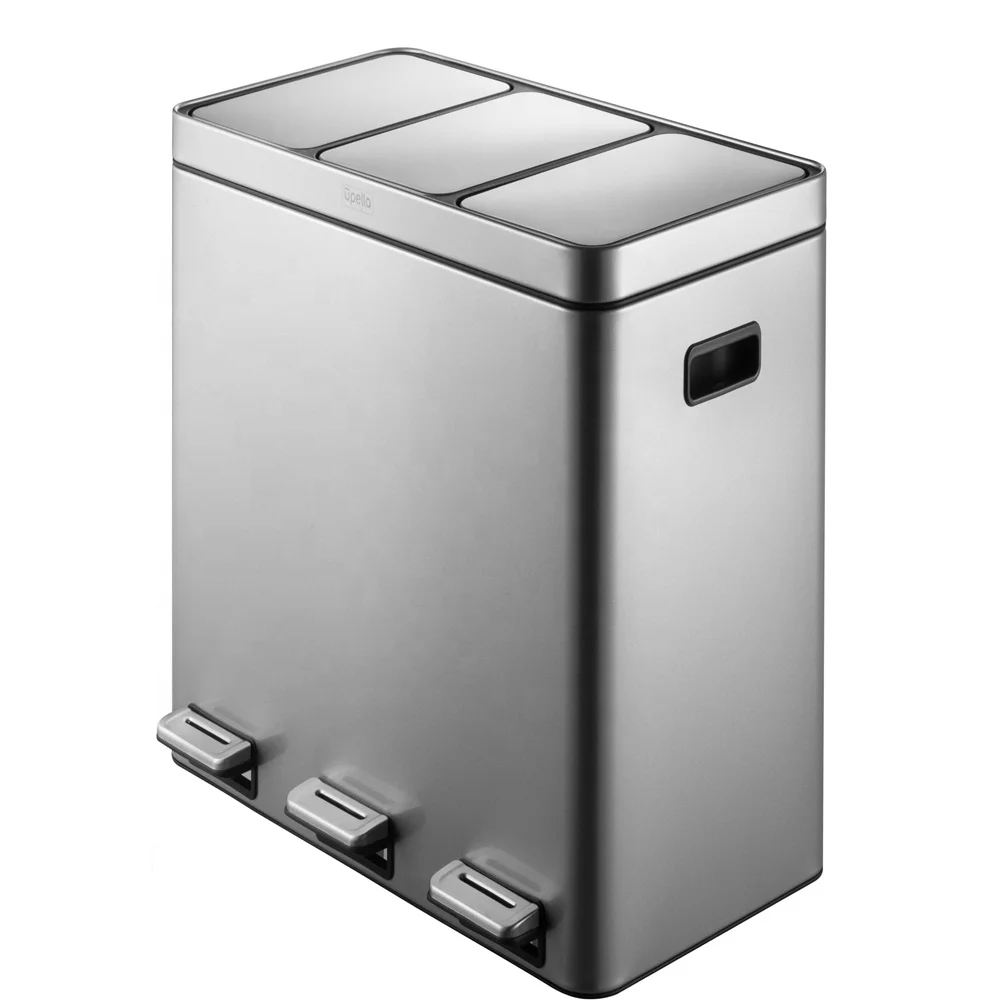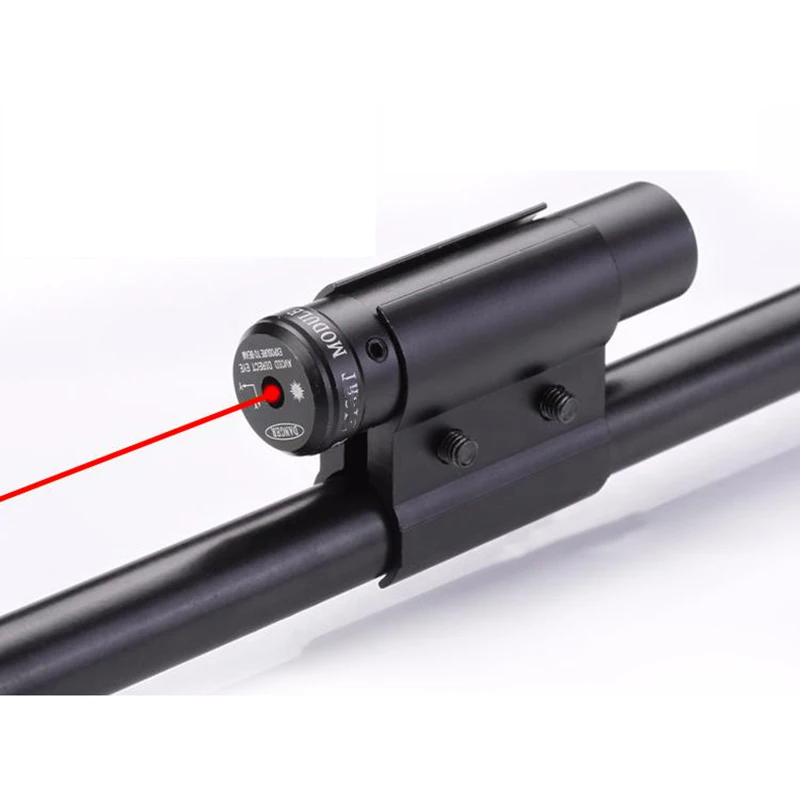High quality industrial CNC machining products, stainless steel and aluminum alloy precision accessories
- Category: >>>
- Supplier: Shenzhen Tairuixin Precision Mold Co. Ltd.Shenzhen Ltd.
Share on (1601323434525):
Product Overview
Description
Products Description
Name | Moluld Cavity/Core | |||||||
Mould core | P20,NAK80,SKD11,S316,S50C,S45C,718H,718 or customers' appointed | |||||||
Mould base | LKM, HASCO, DME or upon customer's requirement | |||||||
Type of plastic mold | 3-plate mold,2-plate mold,2K molds;over-molding molds;stack molds; | |||||||
stack molds | Single/Multi 1*11+11*2,1+1+1,etc | |||||||
Mode Gate | Fan gate,Sub gate,Pin Point gate,Valve,banana gate | |||||||
Ejection system | Stripper plate,Lifter,Push Bar,Ejection Pin etc | |||||||
Runner | Hot/cold type | |||||||
Plastic material | HDPE, PP, nylon, PEEK, LDPE, ABS, styrene, acrylic, acetal, PE, PTFE, PEl, and PES | |||||||
Mould life | 300,000-1,000,000 shots | |||||||
Lead time | 15-35days after deposit received | |||||||
Specification | Follow the 3D final drawing | |||||||
Packaging details | air transport | Apply transparent anti rust oil, wrap with plastic wrap, and pack in wooden boxes. | ||||||
Railway transportation | The anti rust oil for the mold cavity should be wrapped in special plastic wrap and then vacuum packed. Re enter the wooden crate. | |||||||
sea transportation | The anti rust oil for the mold cavity should be wrapped in special plastic wrap and then vacuum packed. Re enter the wooden crate. | |||||||

Product packaging

FAQ
Q1. How do I choose the right mold material?
Answer: The choice of mold material should be based on the product's operating environment, mold lifespan, the properties of the molding material, and production costs.
Answer: The choice of mold material should be based on the product's operating environment, mold lifespan, the properties of the molding material, and production costs.
●Common mold materials include P20 steel (for medium-complexity molds),
●H13 steel (for high heat resistance and strength),
●S136 steel (for high-gloss, transparent parts).
We can recommend the best option based on your needs.
Q2. How is the number of cavities in a mold determined?
Answer: The number of cavities depends on production efficiency and product complexity. For a "two-cavity" mold, two cavities allow the production of two identical parts simultaneously, increasing efficiency. Consistent machining precision between cavities is crucial to ensure product uniformity.
Q3. How should the cooling system of a mold be designed?
Answer: The cooling system ensures the product cools quickly and evenly before ejection, reducing deformation and shrinkage. The layout and diameter of cooling channels are designed based on the mold's size and material. A well-designed system improves production efficiency and product quality.
Q4. What role do ejector pins play in a mold?
Answer: Ejector pins help eject the product smoothly from the mold. Their design—placement, quantity, size, and stroke—is critical to prevent deformation, reduce surface marks, and extend mold lifespan. Ejector pin configuration is tailored to the product’s shape and cavity structure.
Q5. What are the precision requirements for CNC machining molds?
Answer: CNC machining precision directly affects mold quality and product consistency. Tolerances for key areas (like cavities, runners, and ejector pin holes) must be strictly controlled. Surface finish is also important, especially for transparent or high-gloss parts. We ensure the mold meets design specifications with high-precision CNC machining.
Q6. What maintenance does a mold require?
Answer: Regular maintenance, including cleaning, checking the cooling and ejector systems, and lubricating moving parts, is essential to extend mold lifespan. We recommend a maintenance schedule based on production frequency and operating environment.
Q7. How is mold hardness treatment performed?
Answer: After machining, molds typically undergo quenching or other hardness treatments to increase wear resistance and lifespan. The specific method and parameters are based on the mold material and usage requirements. We provide a detailed hardness treatment report to ensure the mold meets performance expectations.
Q8. What is the typical lifespan of a mold?
Answer: Mold lifespan depends on material choice, machining precision, maintenance, and operating conditions. A well-designed and maintained mold can last for hundreds of thousands to millions of cycles. We provide an estimated lifespan and maintenance recommendations based on your needs.
Q2. How is the number of cavities in a mold determined?
Answer: The number of cavities depends on production efficiency and product complexity. For a "two-cavity" mold, two cavities allow the production of two identical parts simultaneously, increasing efficiency. Consistent machining precision between cavities is crucial to ensure product uniformity.
Q3. How should the cooling system of a mold be designed?
Answer: The cooling system ensures the product cools quickly and evenly before ejection, reducing deformation and shrinkage. The layout and diameter of cooling channels are designed based on the mold's size and material. A well-designed system improves production efficiency and product quality.
Q4. What role do ejector pins play in a mold?
Answer: Ejector pins help eject the product smoothly from the mold. Their design—placement, quantity, size, and stroke—is critical to prevent deformation, reduce surface marks, and extend mold lifespan. Ejector pin configuration is tailored to the product’s shape and cavity structure.
Q5. What are the precision requirements for CNC machining molds?
Answer: CNC machining precision directly affects mold quality and product consistency. Tolerances for key areas (like cavities, runners, and ejector pin holes) must be strictly controlled. Surface finish is also important, especially for transparent or high-gloss parts. We ensure the mold meets design specifications with high-precision CNC machining.
Q6. What maintenance does a mold require?
Answer: Regular maintenance, including cleaning, checking the cooling and ejector systems, and lubricating moving parts, is essential to extend mold lifespan. We recommend a maintenance schedule based on production frequency and operating environment.
Q7. How is mold hardness treatment performed?
Answer: After machining, molds typically undergo quenching or other hardness treatments to increase wear resistance and lifespan. The specific method and parameters are based on the mold material and usage requirements. We provide a detailed hardness treatment report to ensure the mold meets performance expectations.
Q8. What is the typical lifespan of a mold?
Answer: Mold lifespan depends on material choice, machining precision, maintenance, and operating conditions. A well-designed and maintained mold can last for hundreds of thousands to millions of cycles. We provide an estimated lifespan and maintenance recommendations based on your needs.
We Recommend
New Arrivals
New products from manufacturers at wholesale prices
